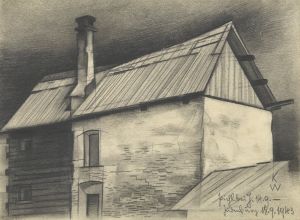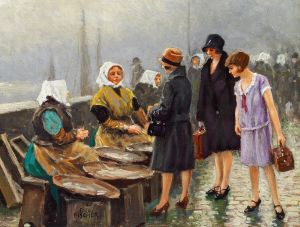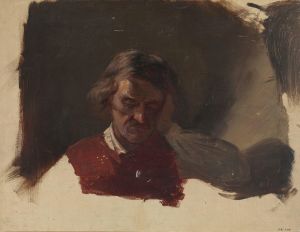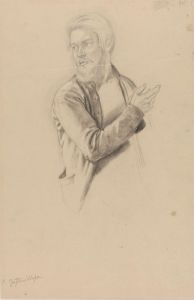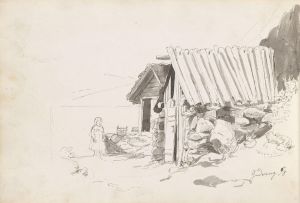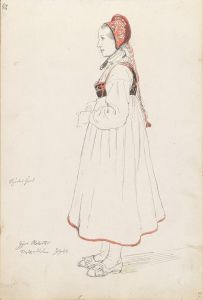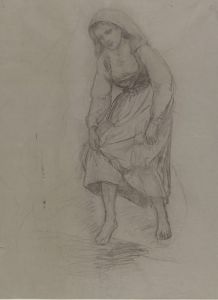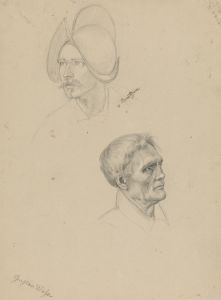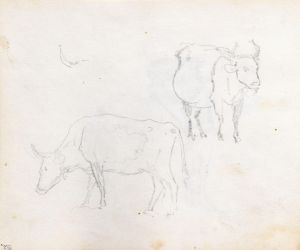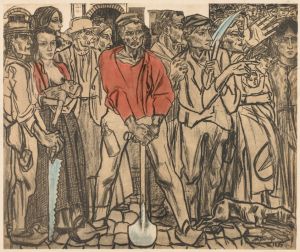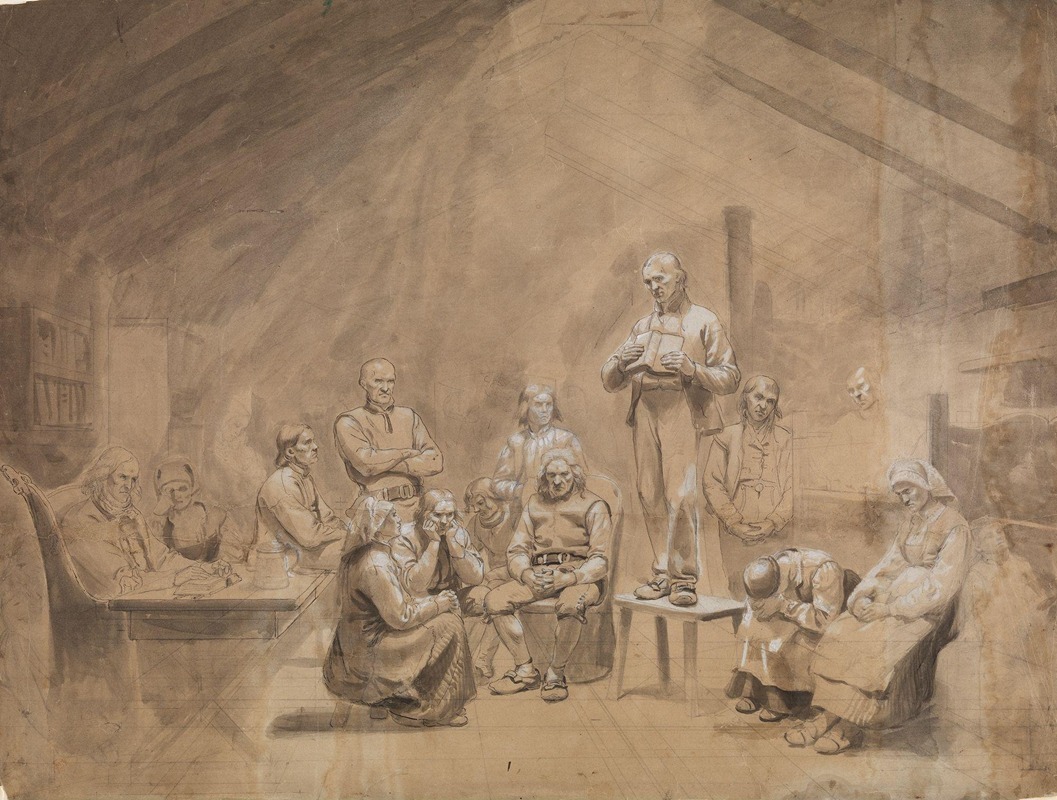
Haugianerne
A hand-painted replica of Adolph Tidemand’s masterpiece Haugianerne, meticulously crafted by professional artists to capture the true essence of the original. Each piece is created with museum-quality canvas and rare mineral pigments, carefully painted by experienced artists with delicate brushstrokes and rich, layered colors to perfectly recreate the texture of the original artwork. Unlike machine-printed reproductions, this hand-painted version brings the painting to life, infused with the artist’s emotions and skill in every stroke. Whether for personal collection or home decoration, it instantly elevates the artistic atmosphere of any space.
"Haugianerne" is a notable painting by the Norwegian artist Adolph Tidemand, completed in 1848. This artwork is a significant representation of the religious and cultural movements in Norway during the 19th century, specifically focusing on the Haugean movement, a Lutheran pietist movement initiated by Hans Nielsen Hauge.
Adolph Tidemand, born in 1814 in Mandal, Norway, was a prominent figure in the Norwegian romantic nationalism movement. He studied at the Academy of Art in Copenhagen and later in Düsseldorf, which was a major center for art education at the time. Tidemand is renowned for his depictions of Norwegian folk life and traditions, and "Haugianerne" is one of his most celebrated works in this genre.
The painting "Haugianerne" captures a scene from a Haugean meeting, which were gatherings held by followers of Hans Nielsen Hauge. Hauge was a lay preacher who emphasized personal faith, piety, and the importance of laypeople in religious life. His movement gained significant traction in Norway, particularly among the rural population, during the early 19th century. The Haugeans were known for their emphasis on Bible study, prayer meetings, and a lifestyle that reflected their religious convictions.
In "Haugianerne," Tidemand portrays a group of people gathered in a modest, dimly lit room, engaged in a religious meeting. The composition of the painting is carefully arranged to highlight the communal and devout atmosphere of the gathering. The figures are depicted with a sense of realism and individuality, showcasing Tidemand's skill in capturing the nuances of human expression and interaction. The central figure, often interpreted as a preacher or a leading member of the group, is shown reading from the Bible, while others listen intently, reflecting the movement's focus on scripture and personal devotion.
The painting is characterized by its detailed depiction of traditional Norwegian clothing and interior settings, which adds an ethnographic dimension to the work. Tidemand's attention to detail and his ability to convey the solemn and introspective mood of the meeting contribute to the painting's enduring appeal and historical significance.
"Haugianerne" is housed in the National Gallery in Oslo, Norway, where it remains an important piece of the country's cultural heritage. It serves as a visual document of the Haugean movement and provides insight into the religious and social dynamics of 19th-century Norway. Through this painting, Tidemand not only captured a specific moment in Norwegian history but also contributed to the broader understanding of the cultural and religious landscape of the time.
Overall, "Haugianerne" is a testament to Adolph Tidemand's artistic talent and his ability to portray the essence of Norwegian life and traditions. The painting continues to be studied and appreciated for its historical context, artistic merit, and its role in documenting the impact of the Haugean movement on Norwegian society.






